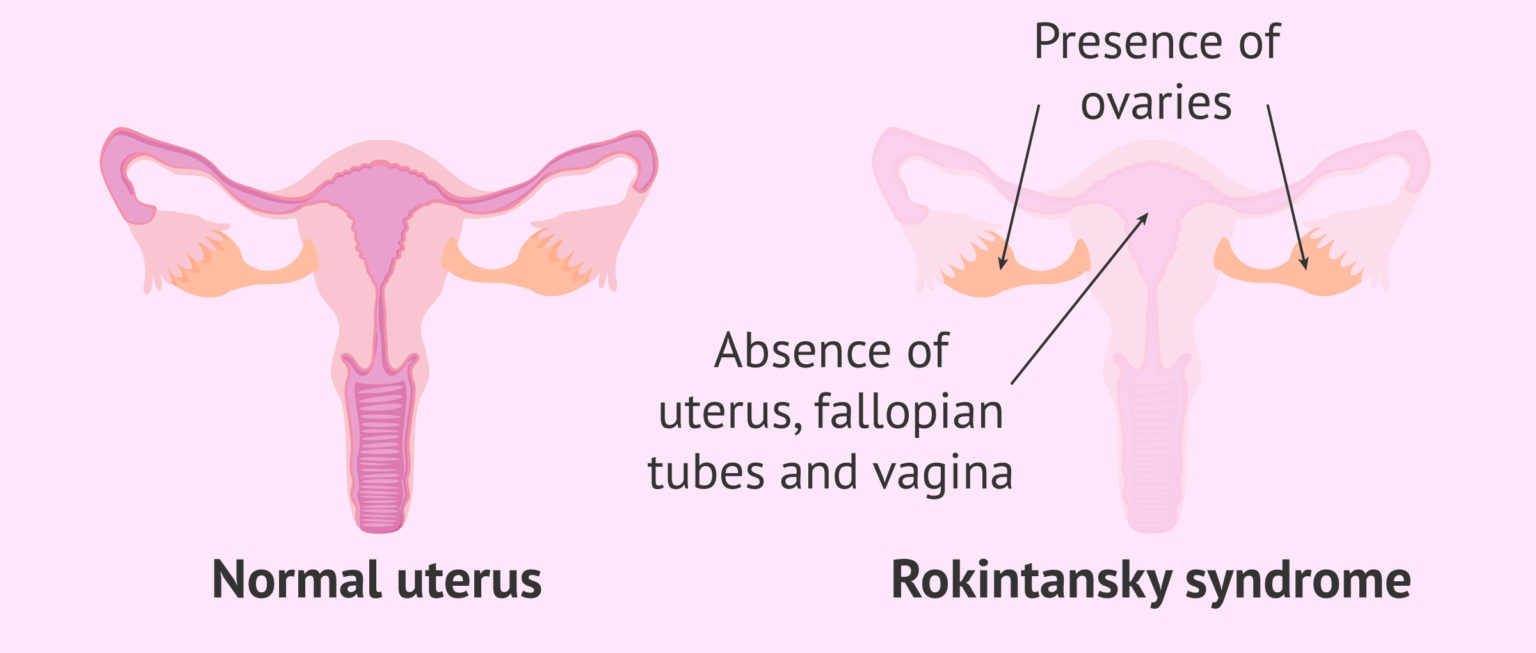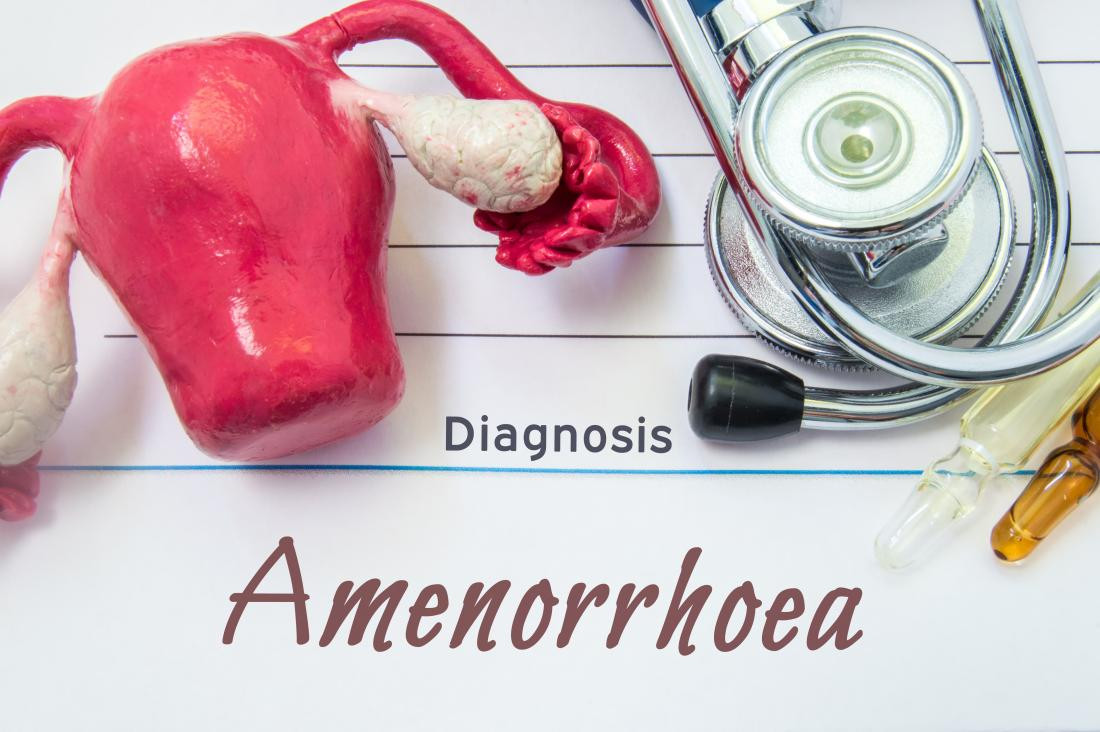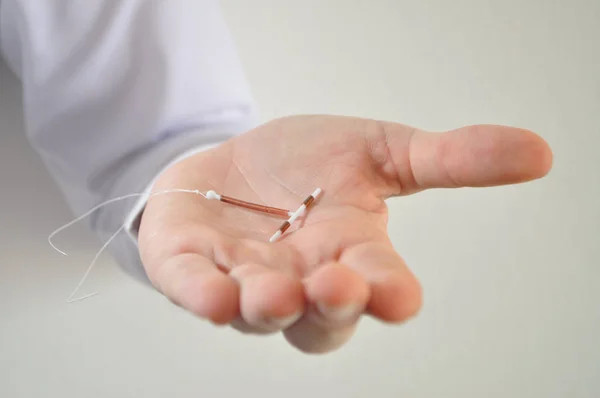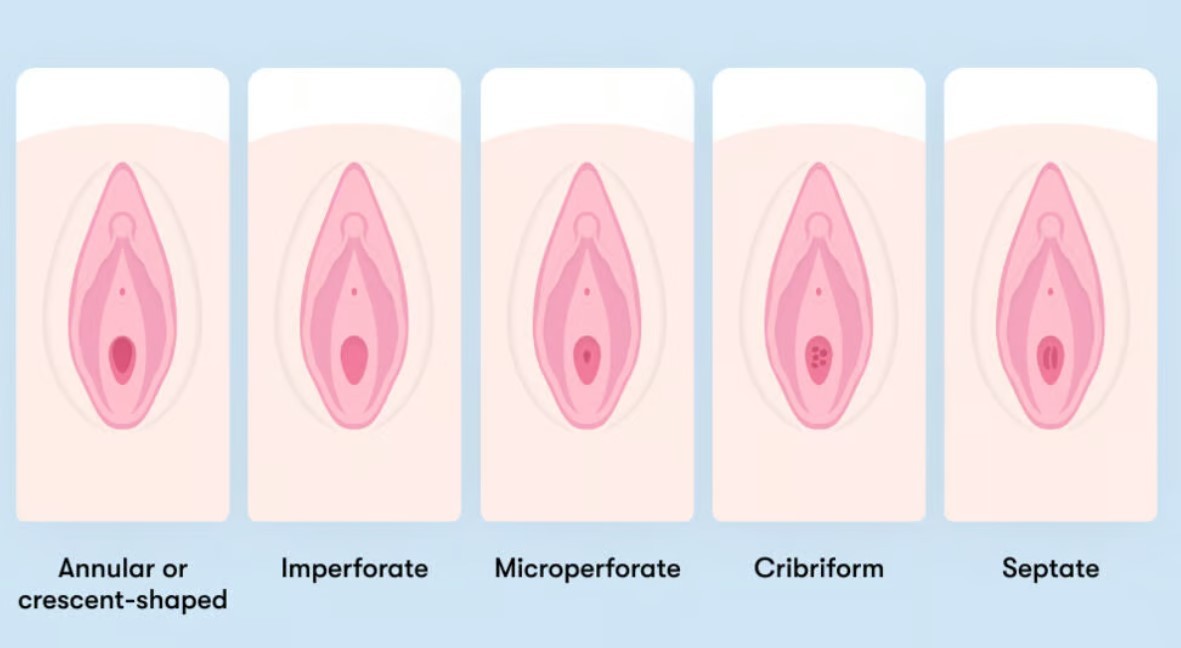Definisi
Hiperplasia endometrium adalah kondisi penebalan lapisan terdalam dinding rahim yang berlebihan, sehingga menyebabkan perdarahan yang berat saat menstruasi. Normalnya, saat menstruasi, dinding rahim atau endometrium akan luruh, lalu keluar dari tubuh sebagai darah menstruasi. Pada kondisi hiperplasia endometrium, perdarahan akan lebih banyak akibat dinding rahim yang lebih tebal.
Kondisi ini bukan keganasan, tetapi pada beberapa wanita, hiperplasia endometrium dapat meningkatkan risiko kanker endometrium. Hiperplasia endometrium terjadi pada sekitar 133 dari 100.000 perempuan.
Hiperplasia endometrium disebabkan oleh ketidakseimbangan hormon estrogen dan progesteron. Penebalan dinding rahim semakin tebal akibat berlebihnya hormon estrogen, sementara peluruhan dinding rahim tidak berjalan baik akibat kekurangan hormon progesteron.
Terdapat dua jenis hiperplasia endometrium, yaitu:
- Hiperplasia endometrium sederhana tanpa sel atipikal. Tipe ini terdiri dari sel normal yang tidak dapat menjadi sel kanker. Kondisi ini dapat membaik atau sembuh tanpa adanya terapi khusus.
- Hiperplasia endometrium sederhana atau kompleks dengan sel atipikal. Tipe ini merupakan tahap awal kondisi sel kanker (precancerous) dan hasil dari pertumbuhan yang tidak normal dari suatu sel. Bila tidak diobati dapat menjadi kanker endometrium atau kanker rahim.
Faktor Risiko
Beberapa hal berikut dapat meningkatkan risiko terjadinya hiperplasia endometrium, seperti:
- Usia di atas 35 tahun atau telah memasuki usia perimenopause dan menopause
- Belum pernah hamil
- Berat badan berlebih
- Riwayat keluarga dengan hiperplasia endometrium, kanker rahim, atau kanker endometrium
- Gangguan terkait siklus menstruasi seperti PCOS (Polycystic Ovarian Syndrome)
- Gangguan kesehatan lain yang memengaruhi hormon atau metabolisme, seperti diabetes melitus atau gangguan tiroid
- Merokok
- Terapi pengganti hormon, seperti terapi estrogen
Baca lebih lanjut mengenai estrogen di artikel Ai Care berikut ini Obat Estrogen - Cara Kerja, Kontraindikasi, Efek Samping.
Gejala
Gejala utama hiperplasia endometrium adalah perdarahan yang tidak normal saat menstruasi. Beberapa gejala lainnya adalah sebagai berikut:
- Siklus menstruasi lebih lama dan lebih berat dibanding biasanya.
- Siklus menstruasi yang tidak normal, seperti lebih pendek (kurang dari 21 hari) atau panjang (lebih dari 45 hari).
- Adanya perdarahan dari vagina walaupun sudah menopause.
Diagnosis
Adanya perdarahan hebat saat menstruasi tidak langsung merujuk pada kondisi hiperplasia endometrium. Beberapa kondisi lain dapat menyebabkan hal tersebut. Oleh karena itu, untuk mendiagnosis hiperplasia endometrium, dokter akan melakukan pemeriksaan mulai dari anamnesis (wawancara), pemeriksaan fisik, serta pemeriksaan penunjang.
Dokter dapat merekomendasikan Anda untuk melakukan satu atau beberapa pemeriksaan penunjang berikut:
- Pemeriksaan USG vagina. Pada pemeriksaan ini, alat kecil diletakkan ke dalam vagina dan mengubah gelombang suara dari alat menjadi gambar. Bila endometrium menebal, maka dapat menandakan adanya hiperplasia endometrium.
- Biopsi. Pemeriksaan dilakukan dengan mengambil contoh jaringan dari endometrium dan diperiksa di bawah mikroskop.
- Pemeriksaan histeroskopi. Pemeriksaan dilakukan menggunakan alat heteroskop ke dalam rahim. Petugas juga akan melakukan pemeriksaan dengan dilatation and curettage (D&C) atau biopsi.
Tata Laksana
Pada beberapa kasus, hiperplasia endometerial dapat diiobati dengan progestin, bentuk sintetik dari hormon progesteron. Progestin diberikan melalui mulut/oral, suntik, atau alat KB (IUD - Intrauterine device) atau sebagai krim vagina. Besar dan berapa lama konsumsi progestin bergantung dari usia dan tipe dari hiperplasia.
Pengobatan dengan progestin dapat menyebabkan perdarahan pada vagina seperti menstruasi. Umumnya, pengobatan dengan progestin memberikan hasil yang baik untuk pengobatan hiperplasia endometrium. Bila Anda memiliki potensi risiko lebih tinggi untuk mengalami kanker disebabkan oleh hiperplasia endometrial atipikal, dokter mungkin menyarankan pemeriksaan langsung seperti histeroskopi lebih sering atau melakukan prosedur pengangkatan rahim.
Prosedur pengangkatan rahim atau histerektomi disarankan oleh dokter bila selama 12 bulan pengobatan tidak ada perbaikan atau kondisi semakin memburuk. Setelah histerektomi, Anda tidak dapat hamil lagi sehingga konsultasikan pada dokter terkait pengobatan yang tepat untuk anda.
Hiperplasia endometrium terkadang dapat sembuh secara alami. Pada umumnya, hiperplasia endometriuml tidak bersifat ganas dan berespon baik terhadap pengobatan. Pemeriksaan yang rutin diperlukan agar Anda dapat memastikan bahwa hiperplasia tidak berkembang menjadi sel atipikal yang berpotensi menjadi sel kanker.
Komplikasi
Semua tipe hiperplasia dapat menyebabkan perdarahan yang berat dan tidak normal, sehingga dapat menyebabkan anemia. Anemia berkembang ketika tubuh anda kekurangan sel darah merah kaya akan zat besi. Hiperplasia tanpa adanya atipikal dapat berkembang menjadi sel atipikal.
Komplikasi utama dari hiperplasia endometrium berupa adanya perkembangan menjadi kanker endometrium atau kanker rahim.
Pencegahan
Anda tidak dapat mencegah hiperplasia endometrium, tetapi Anda dapat menurunkan risiko tersebut dengan beberapa cara seperti :
- Berhenti merokok
- Mempertahankan berat badan yang cukup
- Bila Anda menggunakan terapi hormon, gunakan progestin dengan esterogen
- Anda dapat menggunakan pil kontrasepsi untuk mengatur siklus menstruasi dan hormon
- Bila Anda mengonsumsi estrogen setelah menopause, Anda juga perlu mengonsumsi progestin atau progesteron
Kapan Harus ke Dokter?
Anda dapat melakukan pemeriksaan ke dokter jika siklus menstruasi mengalami perdarahan hebat atau tidak normal. Selain itu, Anda dapat menghubungi dokter, bila terdapat kondisi berikut:
- Mengalami perdarahan vagina setelah Anda menopause
- Nyeri atau kram perut saat menstruasi (dismenore)
- Nyeri saat buang air kecil
- Nyeri ketika berhubungan seksual (dispareunia)
- Nyeri pada pinggul
- Keluarnya cairan yang tidak normal dari vagina (keputihan)
- Siklus menstruasi yang sering terlewat
Mau tahu informasi seputar penyakit lainnya? Cek di sini, ya!
- dr Ayu Munawaroh, MKK
Endometrial Hyperplasia. (2022). Retrieved 11 October 2022, from https://www.ncbi.nlm.nih.gov/books/NBK560693/
What is Endometrial Hyperplasia and How Is It Treated. (2018). Retrieved 11 October 2022, from https://www.healthline.com/health/endometrial-hyperplasia
What to Know About Endometrial Hyperplasia. (2021). Retrieved 11 October 2022, from https://www.webmd.com/women/what-to-know-about-endometrial-hyperplasia
Endometrial Cancer. (2021). Retrieved 11 October 2022, from https://www.mayoclinic.org/diseases-conditions/endometrial-cancer/symptoms-causes/syc-20352461
Endometrial Hyperplasia. (2022). Retrieved 11 October 2022, from https://my.clevelandclinic.org/health/diseases/16569-atypical-endometrial-hyperplasia
Endometrial Hyperplasia. (2021). Retrieved 11 October 2022, from https://www.acog.org/womens-health/faqs/endometrial-hyperplasia












